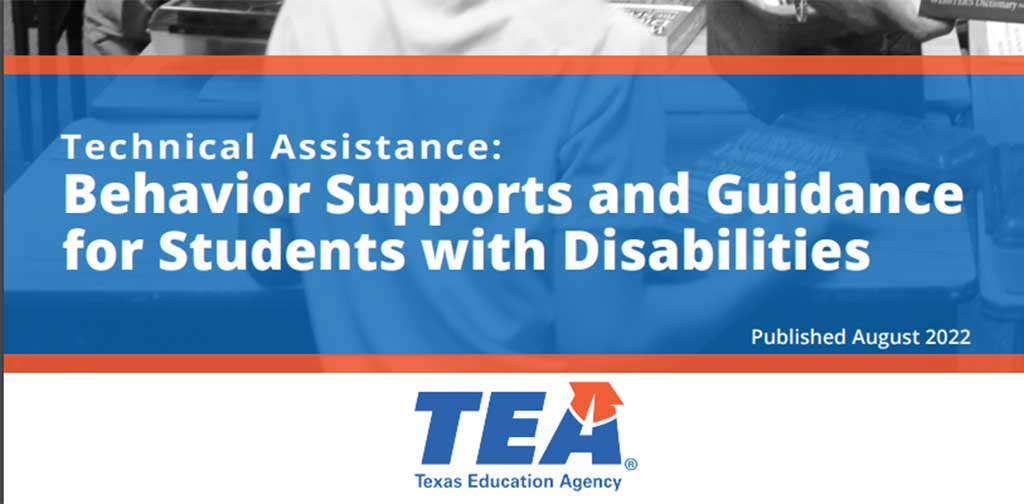It’s time to get the kids ready for back to school with new clothes, a fresh supply of notebooks and maybe a cool new backpack. But what about you? Are you prepared for your special needs child to start school?
Even if your child already has an IEP (Individualized Education Program), remember, it’s just a “plan.” For your child to get the full advantage (and hopefully significant progress) from the IEP, your participation in and preparation for its implementation is critical.
Here are 10 homework assignments to help your child to make a successful transition into the new school year:
1. Read the IEP. I know that sounds totally obvious, but many parents over rely on their understanding of what happened at the IEP meeting rather than the document. Like special education attorney Timothy Adams says, “Read it like a love letter and go over each and every sentence.” Remember, an IEP is a legally binding document.
2. Photocopy the IEP document and go over it with a highlighter. Make a list of anything ambiguous. Example: You recall the principal at the IEP meeting saying that your child would have a 1:1 aide but it is not in the services listing. Write a letter or email to the special ed director (or your child’s case manager) asking for clarification. See www.aboutautismlaw.com for sample letters. Hopefully, you electronically recorded the IEP meeting so that you can transcribe the principal’s statement to include in your letter.
3. Be sure that you understand how your child’s progress is being measured. Will data be taken on a daily basis? Are notes taken at every therapy session? How and when will you be provided with that information? Ongoing reports about your child’s progress are critical for parents to fully participate in their child’s education. For some kids, that might mean a daily log that is sent home in the child’s backpack or a communication log in the classroom that parents can read daily.
4. Schedule a meeting with your child’s teacher to review your child’s IEP. This is a great time to provide the teacher with special insight as to your child’s learning style, ask questions about homework or provide information if your child is on a special diet. For many children, it is also a good idea for the child to meet the teacher as well as any other service providers. If your child will be attending a new school this is a great time for a tour of the campus to help ease any first-day-of-school anxiety.
5. If your child has challenging behaviors, he should have a behavior plan. Now is the time to also meet with the principal and/or vice principal to discuss discipline (especially if your child is at a new school). It will likely be a lot easier to determine how the school can support your child’s behavior needs in advance, than when administrators are reacting to a problem and meeting you and/or your child for the first time.
6. If your child is receiving services from an outside agency or vendor, be sure to confirm that a master contract has been signed with the district to avoid any gap in services. Although your district can provide compensatory education later if any sessions are missed, your child is best served by consistent services from the first day of school. (While this does not happen often in Texas, it is a good idea to check that the school does not have any therapist positions vacant. If you are taking your child to private therapy during the school day, inquire about the district’s policy for doing this.)
7. Districts are legally obligated to provide transportation if the child’s unique needs require it (i.e., child cannot safely and effectively walk to school) and/or the child’s IEP places him in a school that is not his neighborhood school. Unless you prefer to do pickup and delivery yourself, contact the transportation department to ensure your child has been assigned to a bus route. Discuss any special needs like car seats, transitioning at the pick-up/drop-off location or whether an aide will be riding the bus with your child.
8. If you didn’t accept the district’s last IEP offer, the district is legally required to implement the last agreed-upon IEP in the new school year while allowing the child to advance to the next grade. Your child has a federal right to stay put (with all services and placement) until you agree to a new IEP offer or until the district prevails in a due process hearing. (Comment- this does not apply in TX. Here the school must offer you another ARD/IEP meeting in 10 days. If you decline that offer or after that meeting the school can implement an IEP over the parents’ objection. Prior written notice must be provided to the parents. It is important to indicate on the paperwork, what you agree and disagree with. cnoe)
9. Sign up to volunteer at your child’s school (this may involve a background check and/or fingerprinting) even if it means taking off time from work. This is one of the best ways to see your child’s progress and challenges first hand (while providing support to your child’s school). This is typically far more effective and insightful than simply doing an observation. Remember, you have the same right to volunteer at school and in your child’s classroom as any parent of a regular education child. A district cannot create a volunteer policy that only applies to special education parents.
10. Keep up the good work and learn more about your child’s right to a Free Appropriate Public Education (FAPE). Some resources for parents:
- www.wrightslaw.com General federal special education law
- www.aboutautismlaw.com Autism-specific special education law
- www.pai-ca.org General California special education law and advocacy (Search at the National Disability Rights Network for the Protection & Advocacy agency in your state)
- www.tacanow.org Talk About Curing Autism (TACA) – Families with Autism Helping Families with Autism
After completing your homework (or anytime during the year), you may realize that your child’s IEP is lacking or needs adjustment. You may want to consult with an independent professional (like a psychologist or behaviorist) and/or convene with the IEP team to discuss your child’s changing needs. A parent can request an IEP meeting at any time and the district is required to hold the meeting at a mutually convenient date/time. As always, be sure to make your request in writing.
This advocacy homework for your special needs child may initially seem quite daunting and perhaps even overwhelming. But here’s the reward waiting for you: it is one of the most powerful and empowering steps you can take to shape your child’s future.
By Lynne Arnold, From TACA, Talk About Curing Autism, www.tacanow.org, July 11, 2010



